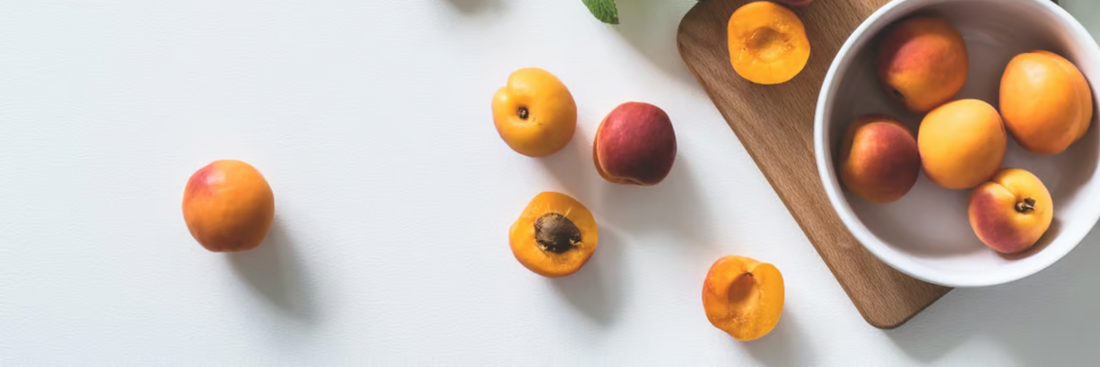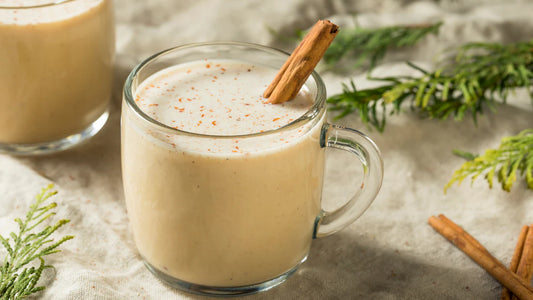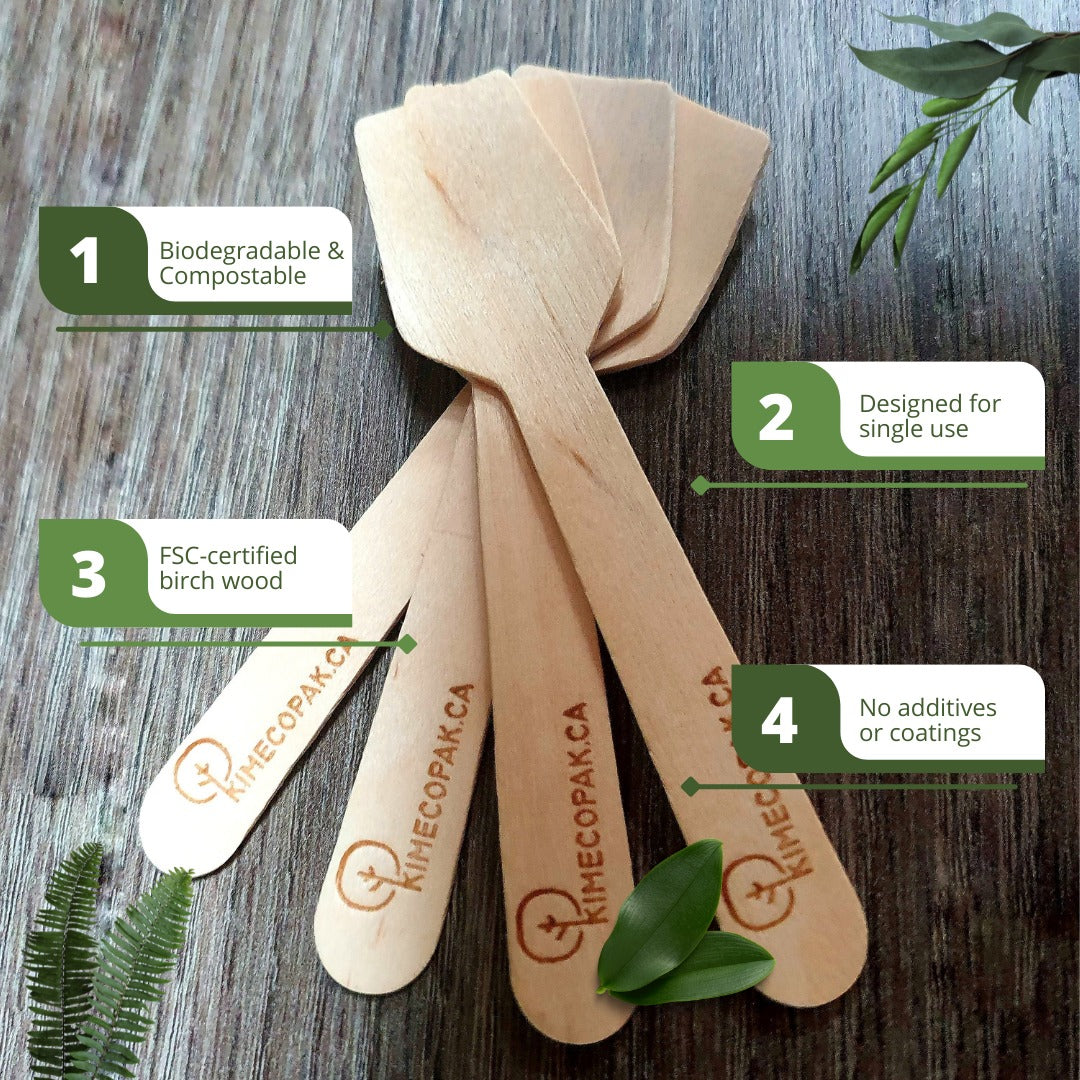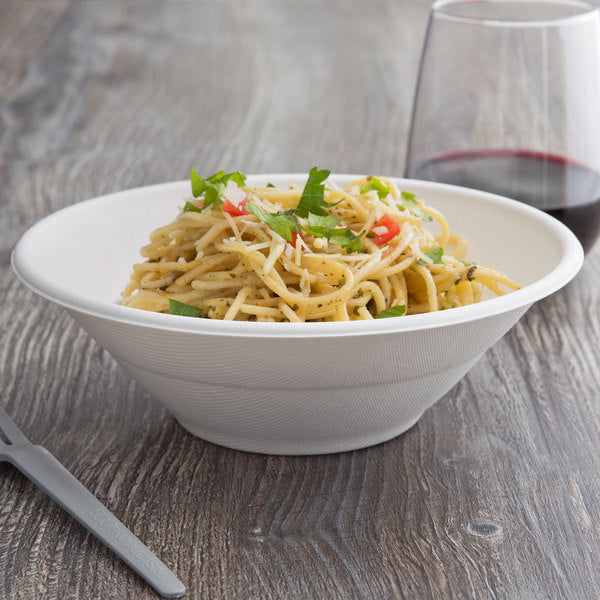Stone fruits are a beloved category of fruits, known for their sweet flavors and juicy textures. These fruits are not only delicious but also packed with nutrients, making them a healthy choice for snacks and desserts. In this article, we'll explore what stone fruits are, list various types of stone fruits, and provide information on their seasons, tastes, and how to recognize when they are ripe.
What is Stone Fruit?
Stone fruits, also known as drupes, are fruits that contain a large, hard pit or "stone" inside. This stone encases the seed of the fruit. The flesh of stone fruits is typically soft and juicy, making them popular in a variety of culinary applications, from fresh eating to baking and preserving.
Stone fruits can be classified: “clingstone” or “freestone.” Clingstone means the fruit’s flesh latches onto the inner stone, whereas freestone does not.
Stone Fruit List
Here is a comprehensive list of stone fruits, including details on their seasonality, taste, and tips for recognizing ripeness.
Nectarines
Nectarines are closely related to peaches but distinguished by their smooth, fuzz-free skin. They are typically juicy with a sweet and slightly tangy flavor. The flesh can be either yellow or white, and they are known for their aromatic quality. Nectarines are rich in vitamins A and C, as well as potassium and dietary fiber. They are versatile in culinary use, often enjoyed fresh, but also commonly used in salads, desserts, jams, and various baked goods.
- Season: Summer (June to August)
- Taste: Sweet and tangy with a smooth skin
- Ripe When: Firm yet slightly soft to the touch, fragrant, and vibrant in color without any green undertones

Plums
Plums are succulent stone fruits available in a wide range of colors, including red, purple, and yellow. They are known for their juicy texture and a flavor that balances sweetness and tartness. European and Japanese varieties are the most common, each offering a slightly different taste and texture. Plums are nutritious, high in vitamins C and K, fiber, and antioxidants. They can be eaten fresh, dried (as prunes), or used in jams, jellies, and desserts.
- Season: Late spring to summer (May to September)
- Taste: Sweet and tart, varying by variety
- Ripe When: Slightly soft to the touch with a deep, rich color and a sweet fragrance

Peaches
Peaches are beloved for their sweet, juicy flesh and fragrant aroma. They have a fuzzy skin that can be yellow or white, and their flesh can range from yellow to red. Peaches are a good source of vitamins A and C, potassium, and dietary fiber. They are delicious when eaten fresh but are also commonly canned, baked into pies and cobblers, added to salads, or made into preserves.
- Season: Summer (June to August)
- Taste: Sweet, juicy, and aromatic
- Ripe When: Yields slightly to gentle pressure, has a strong, sweet aroma, and the skin is vibrant with no green undertones
Apricots
Apricots are small, orange fruits that offer a delicate balance of sweet and tart flavors. They have smooth skin and a single seed in the center. Apricots are highly nutritious, providing vitamins A and C, potassium, and dietary fiber. They can be enjoyed fresh or dried, and they are frequently used in jams, jellies, and various baked goods.
- Season: Late spring to early summer (May to July)
- Taste: Sweet and slightly tart
- Ripe When: Soft to the touch, fragrant, and a deep orange color

Cherries
Cherries are small, round fruits that can be either sweet or tart, with smooth skin and a central pit. Sweet cherries are often eaten fresh, while sour cherries are usually used in cooking and baking. They are rich in vitamins A and C, potassium, and antioxidants. Cherries are popular in pies, tarts, jams, and as garnishes.
- Season: Late spring to summer (May to August)
- Taste: Sweet or tart depending on the variety
- Ripe When: Firm yet plump, glossy skin, and vibrant color (red to dark purple)
Pluots
Pluots are hybrid fruits that combine the best qualities of plums and apricots. They have smooth skin and a juicy, sweet-tart flavor. Pluots are rich in vitamins A and C, fiber, and antioxidants. They are typically eaten fresh but can also be used in desserts, jams, and salads.
- Season: Summer (June to September)
- Taste: A mix of plum and apricot flavors, sweet and tangy
- Ripe When: Firm but yields slightly to pressure, fragrant, and brightly colored

Mangoes
Mangoes are tropical fruits known for their sweet, juicy flesh and large central pit. The skin can be green, yellow, red, or a combination of these colors. Mangoes are high in vitamins A and C, fiber, and antioxidants. They are versatile in culinary uses, including fresh consumption, smoothies, salads, salsas, desserts, and as dried fruit.
- Season: Spring to summer (March to July)
- Taste: Sweet, tropical, and juicy
- Ripe When: Slightly soft to the touch, emits a sweet aroma, and the skin has a mix of red, yellow, and orange hues
Mulberries
Mulberries are unique and flavorful berries that come from the Morus tree species, with colors ranging from white to red and dark purple. They have a sweet and slightly tart taste, somewhat similar to blackberries. Mulberries are highly nutritious, packed with vitamins C and K, iron, potassium, and antioxidants. They can be enjoyed fresh, dried, or used in various culinary applications such as jams, jellies, desserts, and baked goods. Additionally, mulberries are often used in traditional medicine for their potential health benefits, including improving digestion and reducing cholesterol.
- Season: Late spring to early summer (May to June)
- Taste: Sweet and slightly tart
- Ripe When: Deeply colored (red, purple, or black) and easily plucked from the tree

Lychees
Lychees are small, round fruits with rough, reddish skin and translucent white flesh. They have a sweet and fragrant flavor. Lychees are rich in vitamin C and a variety of B vitamins, as well as copper, potassium, and other minerals. They are typically eaten fresh, used in desserts, salads, beverages, and are also available canned.
- Season: Summer (June to July)
- Taste: Sweet, floral, and juicy
- Ripe When: Bright red skin that yields slightly to pressure
Coconuts
Coconuts are tropical fruits with a hard, fibrous shell, containing white edible flesh and coconut water inside. The flesh can be used fresh or dried (copra). Coconuts are high in fiber and contain medium-chain triglycerides (MCTs), along with minerals like manganese and copper. They are used in various forms, such as fresh, in baking, as coconut milk, oil, water, and shredded or desiccated for cooking.
- Season: Year-round in tropical regions
- Taste: Mildly sweet with a rich, creamy texture
- Ripe When: Hard, brown shell with sloshing liquid inside
Dates
Dates are sweet, chewy fruits with a single pit, typically brown or dark red, and grow on date palm trees. They are rich in fiber, potassium, magnesium, and antioxidants. Dates are consumed fresh or dried and are commonly used in desserts, energy bars, and as natural sweeteners.
- Season: Fall to early winter (September to December)
- Taste: Sweet, rich, and caramel-like
- Ripe When: Wrinkled skin and soft to the touch

Olives
Olives are small, oval fruits with a hard pit, and can be green or black with a distinctive bitter flavor. They are high in healthy fats, particularly monounsaturated fats, vitamin E, and antioxidants. Olives are eaten as table olives, used in salads, tapenades, and are a primary source of olive oil.
- Season: Fall (September to November)
- Taste: Bitter when fresh, but cured olives are salty and savory
- Ripe When: Dark purple to black for ripe olives; firm to the touch
Blackberries
Blackberries are dark purple-black aggregate fruits with a sweet-tart flavor and contain small seeds within the drupelets. They are high in vitamins C and K, fiber, and antioxidants. Blackberries are enjoyed fresh, and used in jams, jellies, desserts, smoothies, and salads.
- Season: Summer (June to August)
- Taste: Sweet and slightly tart
- Ripe When: Deep black color, plump, and easily comes off the stem
What Is Not A Stone Fruit?
Not all fruits with seeds are considered stone fruits. For example, apples, pears, and berries like strawberries and raspberries do not fall under the stone fruit category because they do not have a single large pit inside.
What are Clingstone and Freestone Fruits?
- Clingstone: In these fruits, the flesh clings tightly to the pit. They are often juicier and sweeter, making them great for eating fresh but harder to slice neatly.
- Freestone: The pit easily separates from the flesh. These are ideal for baking and canning because they are easier to prepare.

Frequently Asked Questions
Is Avocado A Stone Fruit?
Yes, avocados are technically stone fruits because they contain a large pit surrounded by the creamy flesh.
Is Mango A Stone Fruit?
Yes, mangoes are considered stone fruits due to their large, hard pit in the center.
Is Apple A Stone Fruit?
No, apples are not stone fruits. They are classified as pomes and have multiple small seeds rather than a single large pit.
Conclusion
Stone fruits are a diverse and delicious group of fruits that offer a wide range of flavors and culinary uses. Knowing when they are in season, how they taste, and how to recognize ripeness can help you enjoy these fruits at their best. Whether you're biting into a juicy peach or savoring a sweet cherry, stone fruits are sure to delight your taste buds and provide a nutritious snack.







